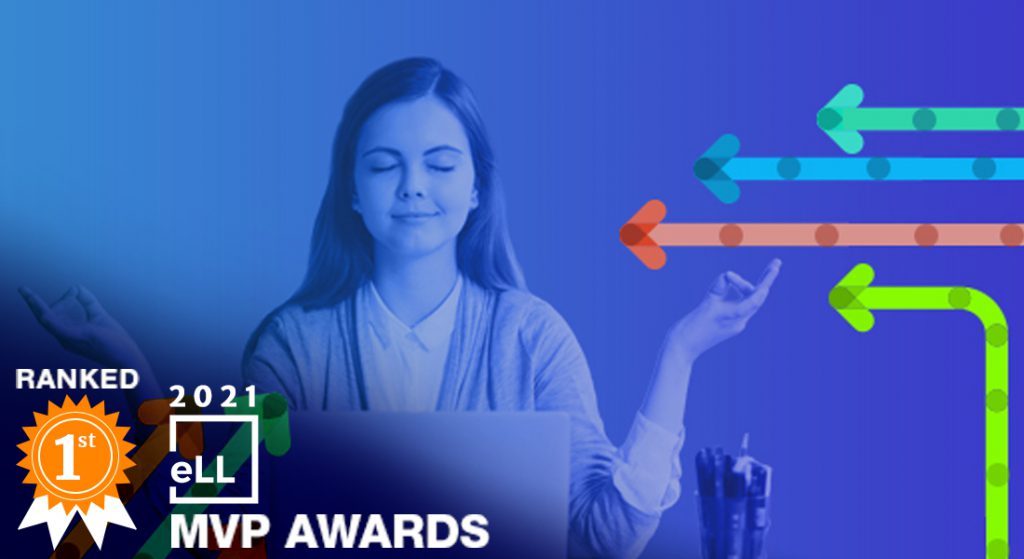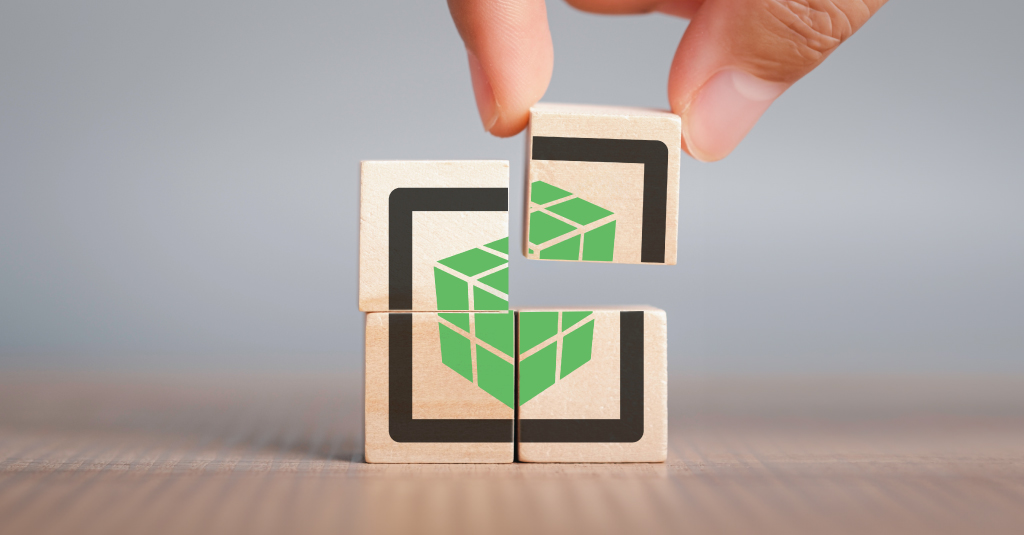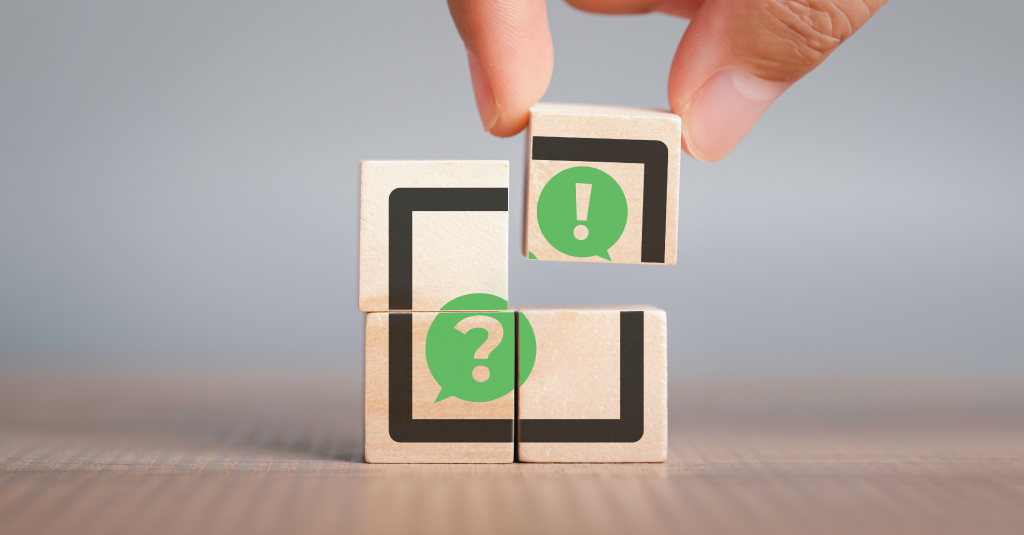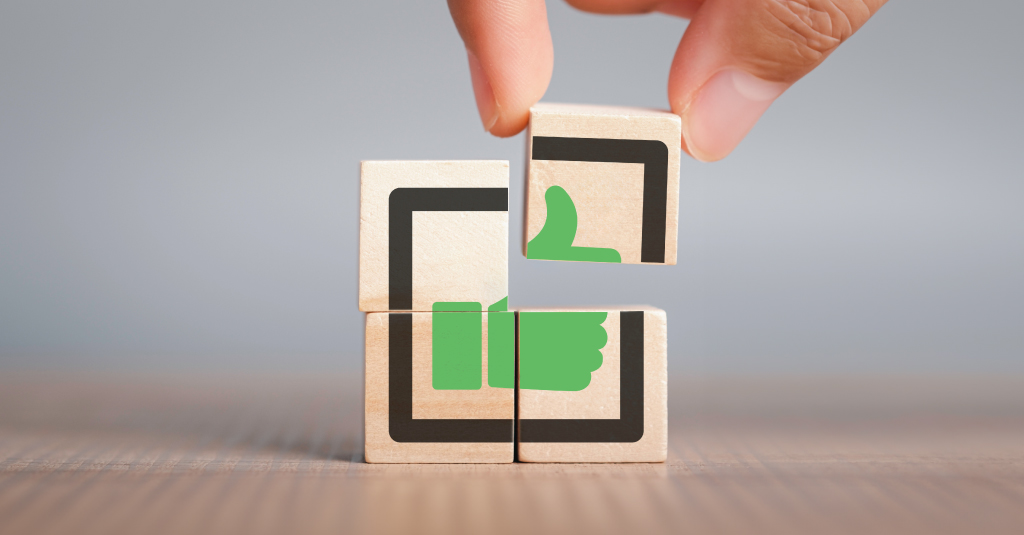Are you a fan of Pringles chips? Ever wondered what goes into their making? Let’s try to summarize the 20-minute process of making one tube of Pringles in less time than it takes for one chip from the neat pile to travel to your mouth. Here we go: one-third water + two-thirds potato flakes; four tons of pressure; 11 seconds in hot oil; blower to remove oil; coat of seasoning; manual sampling; shaken and weighed; packed.
The ideal microlearning module may not be as enjoyable as a chip, but it better be a lot more nutritious for the mind. No wonder the making of a good piece of microlearning takes a lot more than 20 minutes and involves some serious mind science.
Let’s go back to school first and snack on some educational psychology theory. Yes, it applies to all learning, adults at work included.
Psychology of education
There are five main groups of theories.
Behaviorism
Learning is an observable behavioral change that occurs in response to environmental stimuli. Positive stimuli (rewards) create positive associations and encourage repetition of the behavior. Negative stimuli (punishments) discourage the behavior. Food for thought for learning designers: Does the denial of a much-publicized reward because the learner failed a quiz or test act as a negative stimulus?
Cognitivism
Learning is a product of mental faculties and activities, including thought, knowledge, memory, motivation, reflection, and problem-solving. Reading and lectures are the most common learning modalities. Usually an SME transmits knowledge but how much of this is absorbed would depend on the learner’s mental capacity, motivation, beliefs, and effort. Many consider the listen-to-my-lecture-and-then-answer-my-test approach to be rather outdated.
Constructivism
Learners learn on their own by interpreting their world and restructuring their thinking. Social constructivism says that students learn naturally through a process of discovery. On the other hand, cognitive constructivism deals with age-based developmental learning stages. It defines learning as an expansion of a learner’s experientially informed mental model of the world. If your learning methodology involves open-ended questions and collaborative blue-sky thinking, you are following a constructive approach. However, you may not want to use this for compliance training.
Experientialism
You cannot teach anyone; people must learn for themselves. As a learning facilitator, you enable an experience, but you have no control over what the learners pick up from that experience. You will want to create non-threatening learning environments so that learners can experience and experiment freely without having to watch out for dangling swords. Like in constructivism, microlearning may at best play a supplementary role in experientialism. It is not easy to design a micro module that can trigger inspiration during a brainstorming session.
Social and contextual
Learning is essentially an interaction between an individual and a situation. Knowledge is a product of the activity, context, and culture in which it is developed and used. In other words, it is all about participation and social negotiation; about new concepts and their direct application in the environment where the learner lives and works. Do you see potential for this approach when the learner needs to pick up etiquette and soft skills in a new location or culture? Like quickly checking up during your commute to work if it is acceptable to shake a proffered hand when deep bowing is the norm?
Making the most of memory
Dr Alice Kim, an expert in experimental psychology and cognitive neuroscience, talks of two principles that help enhance memory, as established by research—the spacing effect and the testing effect.
“The spacing effect is a well-documented practice of ‘drip feeding’ information over time with specific spacing in between. Long-term retention of the information in question improves as the spacing between repeated study events increases.” Spacing is the opposite of cramming.
“The testing effect refers to the finding that once information can be retrieved from memory, repeatedly retrieving this information is more effective for long-term retention compared to repeated study. In the light of this finding, tests and quizzes should not only be regarded as a means of assessing what has been learned, but also as an effective learning tool.” Practice makes perfect.
The combination of spacing and testing, or spaced retrieval, has a compounding effect. “This combination has been shown to be very effective for long-term retention.” So, as learners we should “actively retrieve the information we want to remember, and we should space out our retrieval over time, as opposed to cramming it into a short span of time.”
Spaced retrieval does sound like the perfect setting for microlearning.
Dr Kim emphasizes the importance of the learner wanting to learn, instead of being forced into it. “Tying the learning event to something that feels good is another way to enhance retention, because it provides the initial engagement mechanism to get them into the program. This pays dividends, as the motivation self-perpetuates and eventually becomes internally driven.”
This is the “nudge” learning professionals often employ as an incentive for the learner to get started. And microlearning is particularly good at providing this nudge depending on the medium used.
Dr Will Thalheimer too thinks memory plays an important role in learning, its retention and, consequently, its application. He does not think memory has an expiry date, but certain factors can influence retention—content meaningful to the learner, prior knowledge, high level of motivation, access to learning during workflow and immediate retrieval after learning.
Come the moment, come the learning
Google defines a micro-moment from the consumer’s perspective as an “intent-rich moment, when a person turns to a device to act on a need—to know, do, go or buy.” During these moments, the brand should “be there, be useful and be accountable”.
From the learning perspective, this would be a need-rich moment, when a learner turns to a form of microlearning (like a mobile app or a short document) to quickly know something, and learn what to do and how to do, in order to achieve a specific need. For the learning to stick, it must be easily available (searchable), serve its purpose and put things in perspective (for example, where to go to know more) rather than leave the learner in limbo.
Developed by Dr. Conrad Gottfredson and Bob Mosher, the “5 Moments of Learning Model”, also known as the Workflow Model, is essentially about learning at the five moments of need while working.
The 5 moments are:
- NEW: When people are learning how to do something for the first time.
- MORE: When people are expanding on what they have learned.
- APPLY: When they need to act upon what they have learned.
- SOLVE: When problems arise, or the results are not as expected.
- CHANGE: When people need to learn another way of doing something, requiring a new skill.
Empathy and design thinking
Woodbury University researchers Svetlana Holt and Joan Marques define empathy as the “ability to perceive others’ emotions, feelings, and needs.” When some material is developed with empathy, it will have a greater impact on the learner.
Kendra Harris says, “empathy connects leaders to the people they lead on an emotional level, tapping the core of motivation and inspiration, fostering feelings of commitment and belonging, and creating a desire to perform and contribute to something larger than themselves.” That is the kind of connection which can enhance the impact of any learning program, especially microlearning.
Empathy is an important component of design thinking, long established as a method of creative problem solving. When you apply design thinking to learning, you start the process by asking three questions from the perspective of the organization and the learner: is it feasible? is it desirable? is it viable?
Design thinking facilitates a fresh, creative approach. It follows that it would be unwise to assume microlearning to be the right approach unless the problem has been thought through and we have sufficient clarity about the persona of the learner and the desired outcome.
Had your fill of science yet? If you are now primed to know more about the other aspects of microlearning, download the eBook Microlearning: Go Beyond the Hype here. Refill your preferred drink and open another pack of chips. Knowing microlearning well tends to take time.














